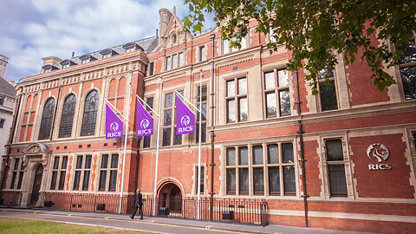Within the next few weeks and months, corporate offices will start opening their doors again. This reoccupation will be gradual – there won’t be an immediate influx of people in the same way that there was a sudden exodus in mid-March. But just as people had concerns when they left the office, they will be equally anxious about re-entering the workplace. Addressing these concerns in a clear and open way will be essential.
It’s likely that people will return to the physical workplace in stages so that the building is not fully occupied at any one time. That could be achieved in a number of ways, including department by department or staggered shift patterns. Communicate the reasons for the staged reoccupation and clearly explain when people can access the workplace and when they should keep working remotely. Share the timescale for gradually easing people back into the building – even if it’s not set in stone, and be sure to remind people that the situation is fluid.
People will need to work differently in the office. New measures may include working a desk apart, limits on the number of people on certain floors and reduced meeting room capacity. Explain the new processes and procedures to people in advance to help them understand why, for example, there may be fewer chairs in a meeting room.
Explain the procedures for using lifts, stairwells, washrooms and hot-desks while maintaining social distancing. Some organisations may consider introducing single-flow direction to avoid people crossing in corridors and open spaces. Reintroducing a fixed-desk policy is also an option.
There are numerous solutions designed to support wayfinding. For example, Freespace, a UK-based technology company providing workplace sensors, digital signage and data intelligence, has launched a social distancing solution to support businesses with the phased return to work. The tech platform helps organisations identify and communicate which available spaces are safe for employees to use.
Communicate the new workplace rules in advance of the return and then display the information prominently around the building to make sure that people are constantly reminded of the new way of working. To support the user journey, for example, organisations may opt to use digital signage screens that advise staff to occupy or avoid selected floors and areas.
“Communicate the new workplace rules in advance of the return and then display the information prominently around the building ”
Many organisations will continue to take advantage of home-working. Facebook and Twitter are just two examples of companies that are championing the work-from-home revolution. FM teams must continue to support homeworkers. Doing so will require employee engagement and front-line intelligence. Employee experience benchmarking company Leesman has recently deployed a research tool that employers in both private and public sectors can use now to fully understand the experiences of their newly home-based employees.
Understandably, people will be nervous about coming back to work and mixing with other people after being told to socially distance for so long. Obviously no-one with any health concerns should be asked to return to the workplace before they’re ready. But for healthy people, set out the measures you have taken to ensure their safety, and make surey you communicate them clearly.
Consider curating a microsite to act as the main repository of information about the back-to-workplace change. Just as organisations use move champions during a relocation, consider the use of return-to-work champions or hygiene stewards within departments. These team members can communicate on a one-to-few basis within teams, police any policies that have been introduced and be a familiar point of contact for any concerns.
Never has communication been so important. This is a fast-moving situation so keep people informed of any changes to the company policy, but also acknowledge that you don’t have all the answers. Nobody does.
- Jo Sutherland is manager director of Magenta Associates, the built environment PR specialists











